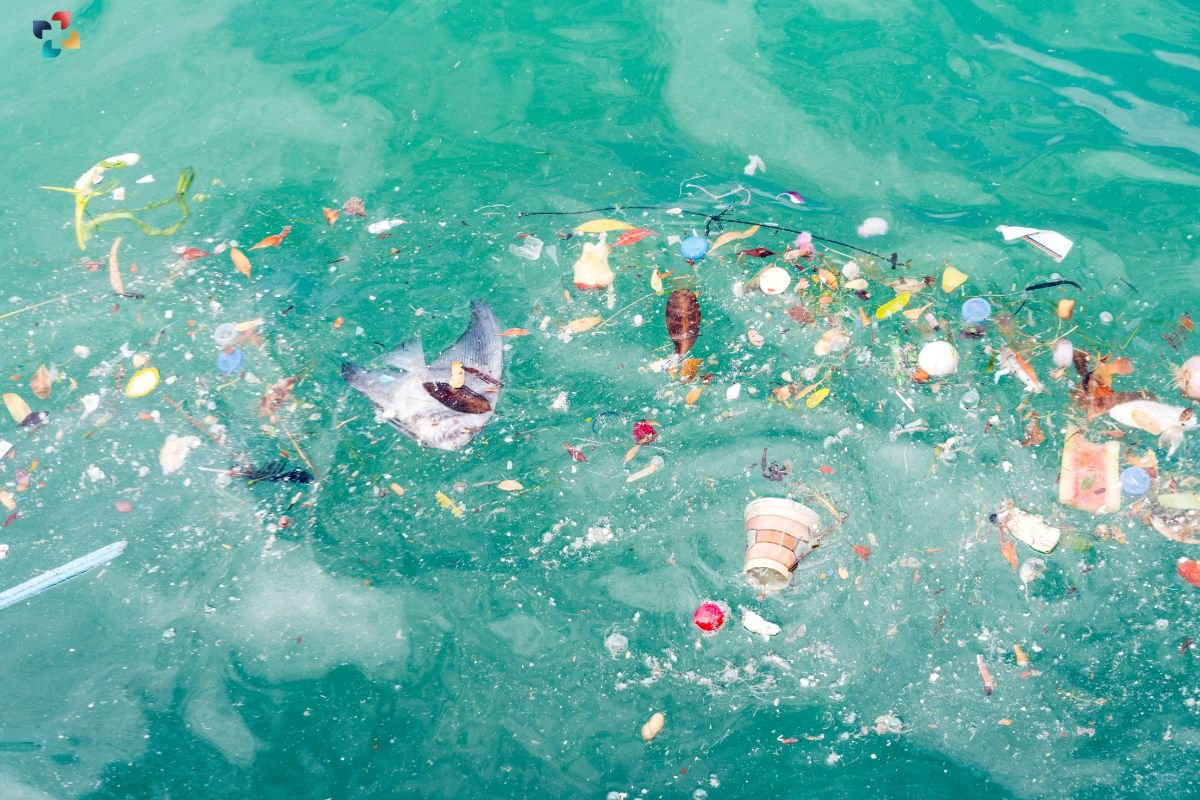In a groundbreaking discovery, scientists have unearthed a potential solution to one of the most pressing environmental crises of our time: ocean plastic pollution. Nestled amidst the layers of microbes inhabiting the Great Pacific Garbage Patch, a plastic-eating fungus known as Parengyodontium album has been identified. Detailed in a study published in Science of the Total Environment, this remarkable fungus has demonstrated an ability to degrade certain types of plastic, offering a glimmer of hope in the fight against ocean plastic pollution.
Nature’s Solution to Ocean Plastic Pollution:
The Fungus’s Feeding Habits
Although P. album exhibits a voracious appetite for plastic, particularly UV-exposed carbon-based polyethylene—the most commonly utilized plastic—it does so at a leisurely pace. While this fungus contributes to the slow degradation of the garbage patch infiltrating the Pacific Ocean, its rate of consumption pales in comparison to the sheer volume of plastic entering the ocean annually. Despite its limitations, the discovery underscores the importance of reducing single-use plastic consumption among consumers. However, the revelation of this plastic-eating fungus hints at the potential for more efficient methods of plastic cleanup in the future.
One of the primary challenges in tackling the Great Pacific Garbage Patch has been the potential harm to marine life posed by conventional cleanup efforts. The disruptive nature of large-scale removal operations necessitates a more nuanced approach to plastic remediation. P. album’s selective consumption of UV-exposed plastic, a process already facilitated by sunlight, presents a promising avenue for mitigating plastic pollution without exacerbating harm to marine ecosystems.
A Beacon of Hope Amidst a Sea of Plastic
The discovery of plastic-consuming organisms like P. album has injected a renewed sense of optimism into the quest for effective plastic waste management strategies. Researchers envision a future where nature’s own mechanisms are harnessed to combat plastic pollution on a global scale. In a parallel development, some scientists have engineered self-degrading plastics designed to disintegrate once deposited in landfills, offering a potential solution to the persistent problem of plastic waste accumulation.
As humanity grapples with the consequences of its plastic dependency, these scientific breakthroughs serve as beacons of hope, illuminating a path towards a cleaner, more sustainable future. While challenges remain, the emergence of nature-based solutions underscores the resilience of Earth’s ecosystems and the potential for collaboration between science and nature in addressing environmental crises.
In the ongoing battle against ocean plastic pollution, the discovery of P. album stands as a testament to the power of scientific inquiry and the capacity of nature to provide solutions to humanity’s most pressing challenges.







